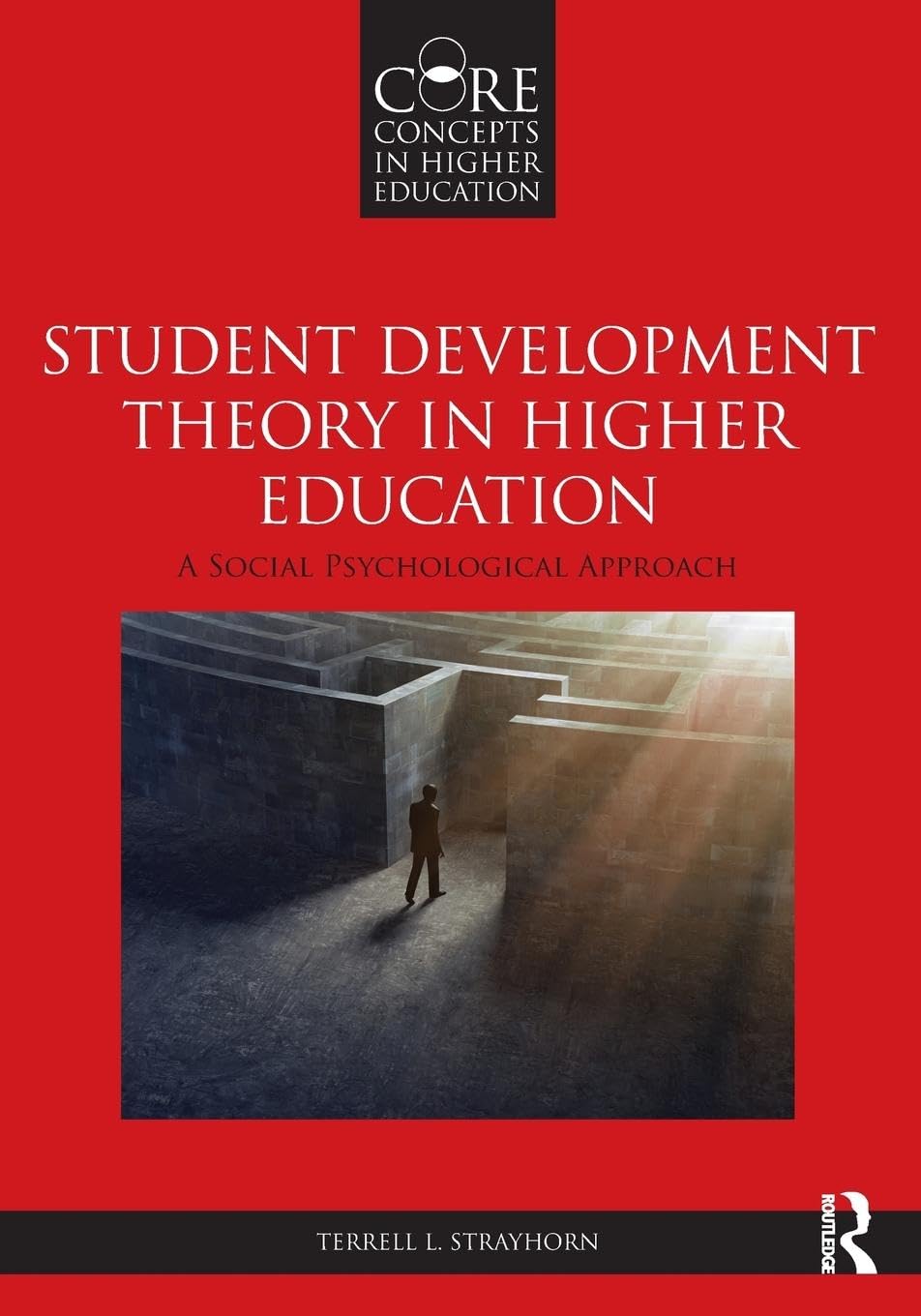Student Development Theory in Higher Education: A Social Psychological Approach (Core Concepts in Higher Education)
Student Development Theory in Higher Education: A Social Psychological Approach (Core Concepts in Higher Education) is backordered and will ship as soon as it is back in stock.
Couldn't load pickup availability
Genuine Products Guarantee
Genuine Products Guarantee
We guarantee 100% genuine products, and if proven otherwise, we will compensate you with 10 times the product's cost.
Delivery and Shipping
Delivery and Shipping
Products are generally ready for dispatch within 1 day and typically reach you in 3 to 5 days.
Author: Strayhorn, Terrell L.
Brand: Taylor & Francis Ltd
Edition: 1
Binding: Paperback
Number of Pages: 186
Release Date: 07-12-2015
EAN: 9780415836630
Package Dimensions: 9.8 x 7.0 x 0.3 inches
Languages: English
Details:
Moving beyond the theories traditionally used to describe college student development, this engaging book introduces social psychological theories that address the most relevant issues in higher education today. Covering theories of ecological systems, sense of belonging, prejudice and discrimination, positive psychology, social capital, personality theory, mentoring, and hope theory, this book promotes the understanding and application of social psychological theories to various higher education contexts. Examples from diverse student populations encourage learners’ application to situations in their own contexts. Comprehensive enough to be used as a main text but accessible enough to be used alongside another, this important textbook bridges research, theory, and practice to help practicing and aspiring higher education and student affairs professionals effectively work with college students.
Special Features Include:
-
Reflective exercises that combine theory and practice and help students apply their knowledge solving problems.
-
Case studies and scenarios for further connections to the reader’s university and college settings.
-
Guiding questions that encourage students to think beyond the current literature and practice.
-
List of further readings and references for readers to explore topics in more depth.





